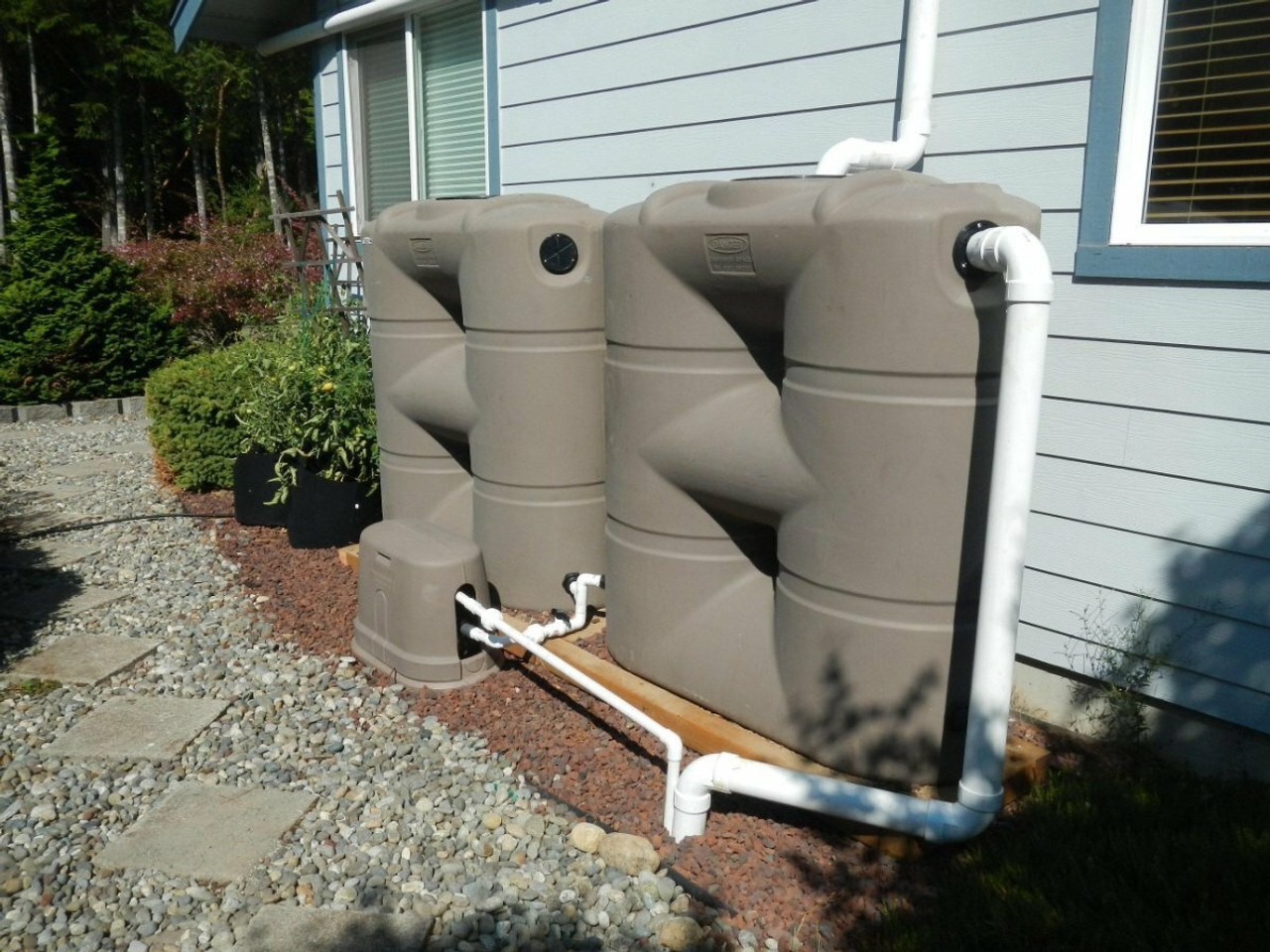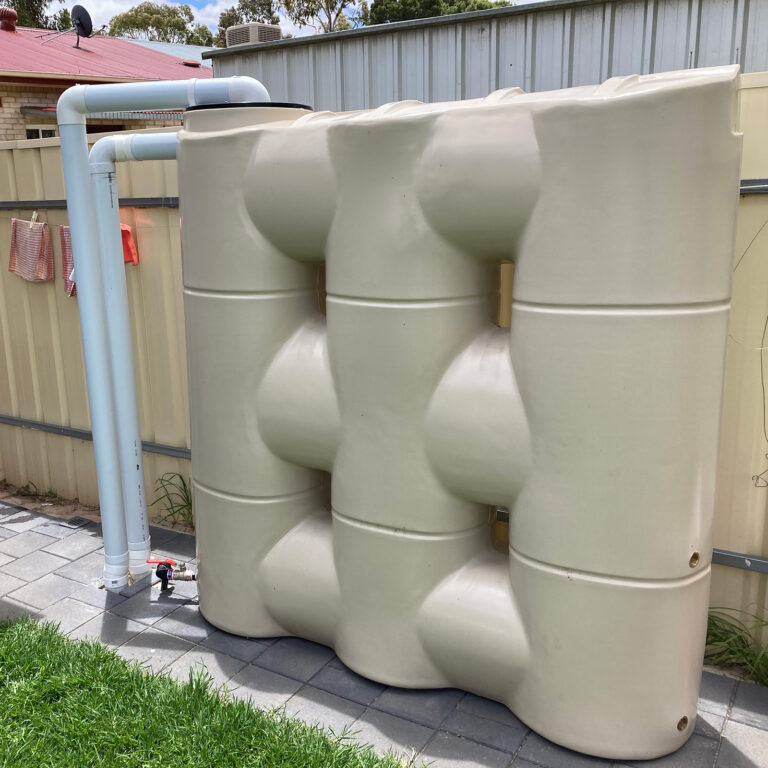Budget-friendly Slimline Water Tanks: Enhance Your Rain Harvesting
Budget-friendly Slimline Water Tanks: Enhance Your Rain Harvesting
Blog Article
Comprehending the Importance of Rain Storage Tanks in Drought-Prone Regions for Water Safety And Security
In regions at risk to extended droughts, the duty of rainwater tanks in strengthening water safety is a topic of expanding significance. As communities come to grips with the challenges of water deficiency, comprehending the value of these storage tanks exceeds plain collection of rainwater. Rain tanks offer as an important device in reducing the influence of water shortages by supplying a sustainable resource of water for different needs. Nevertheless, real value of rain tanks prolongs much beyond simple storage space; it encompasses resilience-building measures and the promo of lasting water conservation methods. This diverse technique to water security warrants a closer assessment of the duty rain storage tanks play in making certain a trustworthy water during times of drought.
Advantages of Rainwater Storage Tanks
Using rainwater storage tanks provides a sustainable solution for enhancing supply of water and improving water safety and security in domestic and commercial settings. Among the key advantages of rain storage tanks is their ability to decrease dependency on keys water. By recording and keeping rainwater that falls on roofs, this different source can be used for various non-potable objectives such as watering, flushing toilets, and cleaning clothing. This not only conserves cured drinking water but additionally decreases water expenses for individuals.

Rainwater Harvesting Methods
Rainwater gathering methods include a variety of techniques developed to effectively collect and store rainwater for various purposes, adding to water preservation and sustainability. One usual strategy is the installation of rooftop catchment systems, where rainwater is collected from the roof of a structure and routed to a storage space container. This technique is relatively simple and cost-effective. Another preferred strategy is the usage of above-ground or below ground storage tanks to save rain for later use. These tanks can be found in numerous sizes and materials to suit various requirements and can be linked to the existing plumbing system for very easy gain access to.

Furthermore, rain yards and absorptive pavements are ingenious strategies that involve landscaping or paving surface areas in a way that allows rain to percolate into the ground, restoring groundwater books. Furthermore, contour farming and terracing are agricultural methods that aid record rain and prevent dirt erosion in sloping terrain. By applying these varied rain harvesting strategies, areas can enhance water security and resilience in drought-prone areas while advertising lasting water administration methods.
Importance of Water Protection
Guaranteeing trustworthy accessibility to clean and enough water sources is extremely important for maintaining human wellness, economic development, and ecological health. Water safety is a crucial element of societal strength, specifically in regions at risk to dry spells and water deficiency. Sufficient water protection incorporates numerous measurements, consisting of availability, high quality, and ease of access of water for domestic, agricultural, industrial, and ecological demands.
Water safety plays a critical duty in promoting public health and wellness by decreasing the occurrence of waterborne illness and making sure sanitation facilities. Financially, water safety and security is essential for farming efficiency, commercial operations, and general financial development. Slimline water tanks. Water safety is very closely connected to ecological sustainability, as it supports these details ecosystems, biodiversity, and total environmental balance.
In drought-prone areas, water safety and security comes to be a lot visit more essential because of the heightened danger of water shortages. Carrying out techniques like rain harvesting, water recycling, and efficient water monitoring practices can dramatically improve water security in these areas. By prioritizing water security, communities can much better endure the influences of environment adjustment, population development, and other challenges that intimidate water availability.
Enhancing Water Durability
With raising global water difficulties, constructing resilience in water systems has actually become an important emphasis for sustainable growth initiatives. Enhancing water strength entails applying approaches to make certain water schedule and top quality when faced with altering environmental conditions, such as dry spells, floodings, and contamination.
One secret element of improving water resilience is promoting making use of rain storage tanks in drought-prone regions - Slimline water tanks. Rain storage tanks work as an effective methods of recording and keeping rain for later usage, decreasing reliance on limited freshwater sources during completely dry periods. By incorporating rain harvesting systems into water administration plans, neighborhoods can improve their capability to stand up to water deficiency and preserve water safety

Lasting Water Conservation
Amidst escalating water difficulties, the sensible management of water resources via lasting conservation methods is critical for guaranteeing long-lasting ecological stability and social health. Lasting water conservation entails the efficient use water sources to fulfill existing weblink demands without compromising the ability of future generations to meet their own demands. By carrying out approaches such as rain harvesting, greywater recycling, and water-efficient modern technologies, communities can reduce water wastage and minimize pressure on freshwater sources.
Additionally, sustainable water conservation methods contribute to ecosystem health by maintaining sufficient water levels in rivers, lakes, and wetlands, sustaining biodiversity, and protecting all-natural environments. These methods likewise play a critical duty in alleviating the effects of climate change by helping to adjust to transforming rainfall patterns and water accessibility.

Conclusion
Finally, rain tanks play a vital duty in boosting water safety and durability in drought-prone areas. By making use of rainwater harvesting methods, neighborhoods can lower their reliance on conventional water resources and advertise lasting water conservation practices. This not only assists minimize the influences of water shortage during dry spells but likewise adds to lasting water protection and resilience in the face of climate modification difficulties.
Report this page